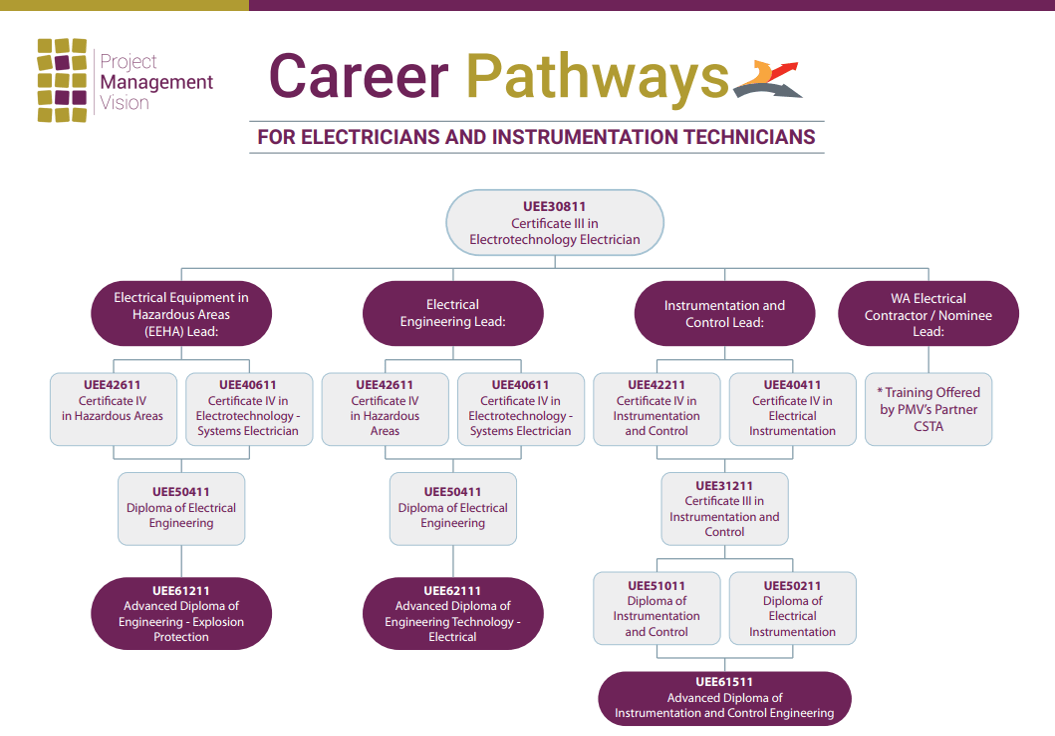The Main Principles Of Roar Solutions
The Main Principles Of Roar Solutions
Blog Article
The 8-Second Trick For Roar Solutions
Table of ContentsUnknown Facts About Roar SolutionsAn Unbiased View of Roar Solutions8 Simple Techniques For Roar Solutions
In such an environment a fire or explosion is feasible when three fundamental problems are met. This is typically described as the "harmful location" or "combustion" triangle. In order to secure setups from a possible explosion an approach of analysing and identifying a potentially hazardous location is called for. The function of this is to ensure the right selection and installation of devices to eventually avoid a surge and to make certain security of life.
(https://dzone.com/users/5292804/roarsolutions.html)
No devices must be mounted where the surface temperature level of the equipment is better than the ignition temperature of the given risk. Below are some usual dust harmful and their minimal ignition temperature. Coal Dirt 380C 225C Polythene 420C (thaws) Methyl Cellulose 420C 320C Starch 460C 435C Flour 490C 340C Sugar 490C 460C Grain Dust 510C 300C Phenolic Material 530C > 450C Aluminium 590C > 450C PVC 700C > 450C Soot 810C 570C The possibility of the risk existing in a focus high enough to create an ignition will differ from place to place.
Dangerous area electrical equipment perhaps developed for usage in greater ambient temperatures. Field Repair By Authorised Employee: Challenging screening may not be needed however specific procedures might require to be complied with in order for the equipment to maintain its 3rd party score. Each piece of equipment with a dangerous ranking need to be assessed independently.
Roar Solutions for Beginners
The tools register is a thorough data source of devices records that includes a minimum collection of fields to recognize each item's place, technological parameters, Ex-spouse category, age, and environmental data. The ratio of Detailed to Close examinations will be established by the Tools Danger, which is examined based on ignition threat (the chance of a source of ignition versus the possibility of a combustible environment )and the hazardous location classification
( Zone 0Area 1, or 2). Carrying out a durable Risk-Based Assessment( RBI )method is important for making sure compliance and safety in managing Electric Tools in Hazardous Areas( EEHA).
The smart Trick of Roar Solutions That Nobody is Talking About

In regards to explosive threat, a hazardous location is an environment in which an explosive atmosphere exists (or might be anticipated to be present) in quantities that call for special safety measures for the building, installment and use tools. hazardous area course. In this article we discover the obstacles faced in the work environment, the risk control measures, and the required expertises to work safely
It is a repercussion of modern life that we make, store or manage a variety of gases or fluids that are regarded flammable, and a series of dirts that are considered combustible. These materials can, in certain problems, create explosive ambiences and these can have major and unfortunate consequences. The majority of us know with the fire triangular get rid of any kind of one of the 3 elements and the fire can not happen, yet what does this mean in the context of unsafe areas? When breaking this down right into its most basic terms it is basically: a mix of a certain quantity of release or leak of a particular material or material, combining with ambient oxygen, and the presence of a resource of ignition.
In many instances, we can do little concerning the levels of oxygen airborne, but we can have substantial influence on sources of ignition, for example electric equipment. Hazardous locations are documented on the dangerous area classification illustration and are recognized on-site by the triangular "EX LOVER" indication. Below, amongst other vital information, zones are split into three kinds relying on the threat, the probability and duration that an explosive environment will certainly exist; Zone 0 or 20 is considered the most hazardous and Zone 2 or 22 is regarded the least.
Report this page